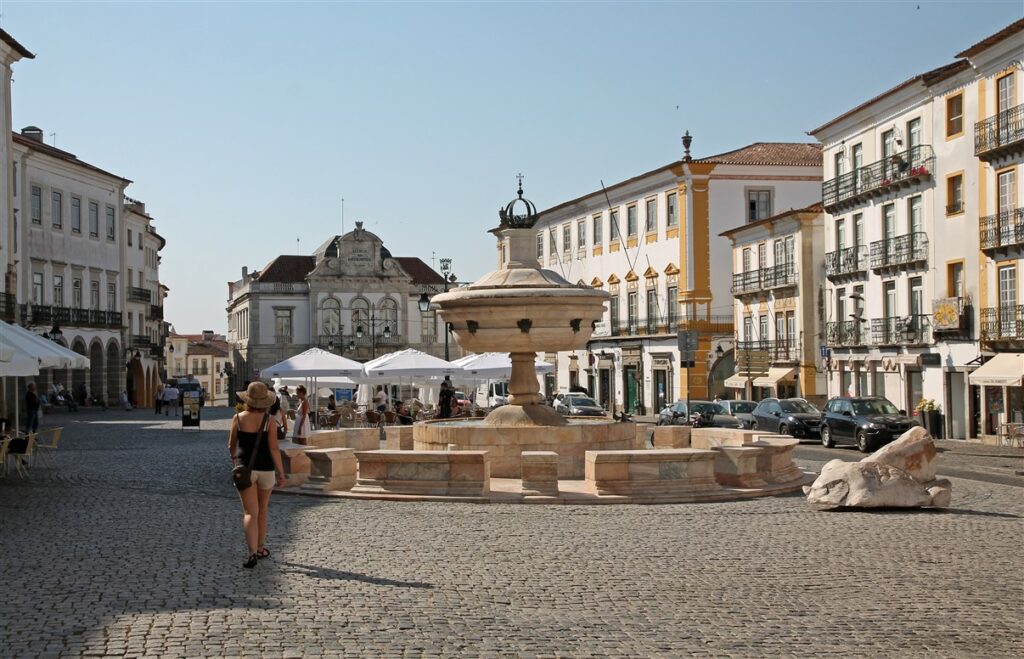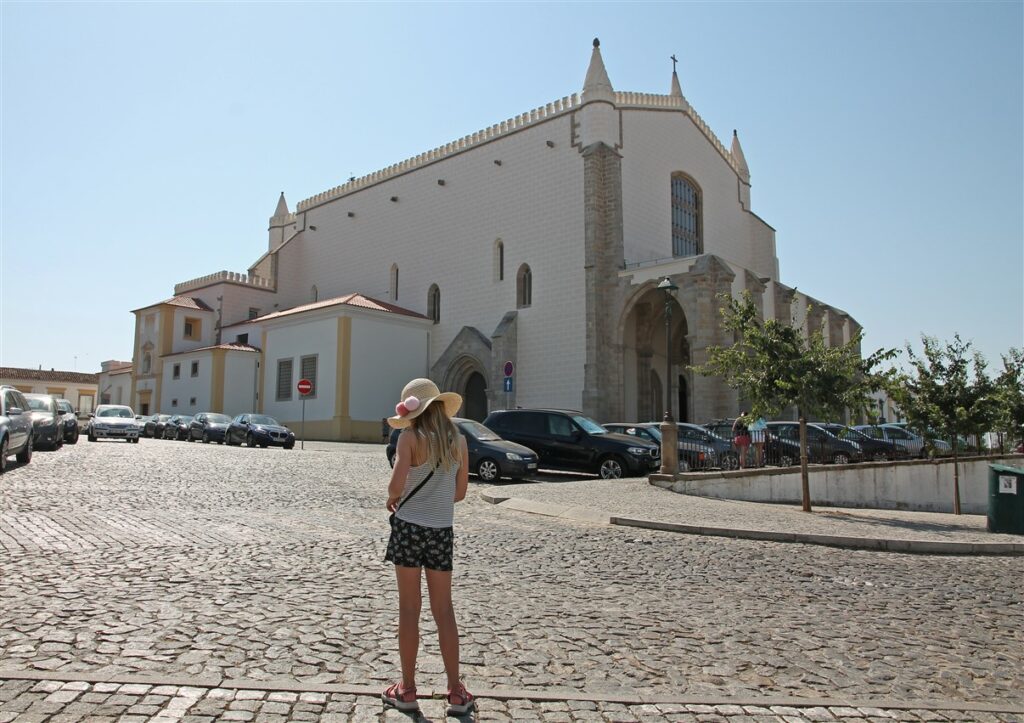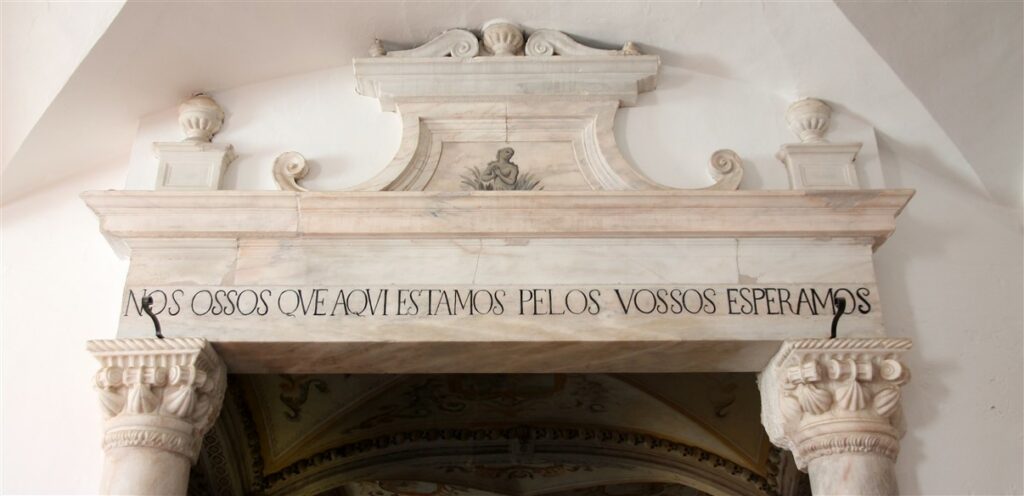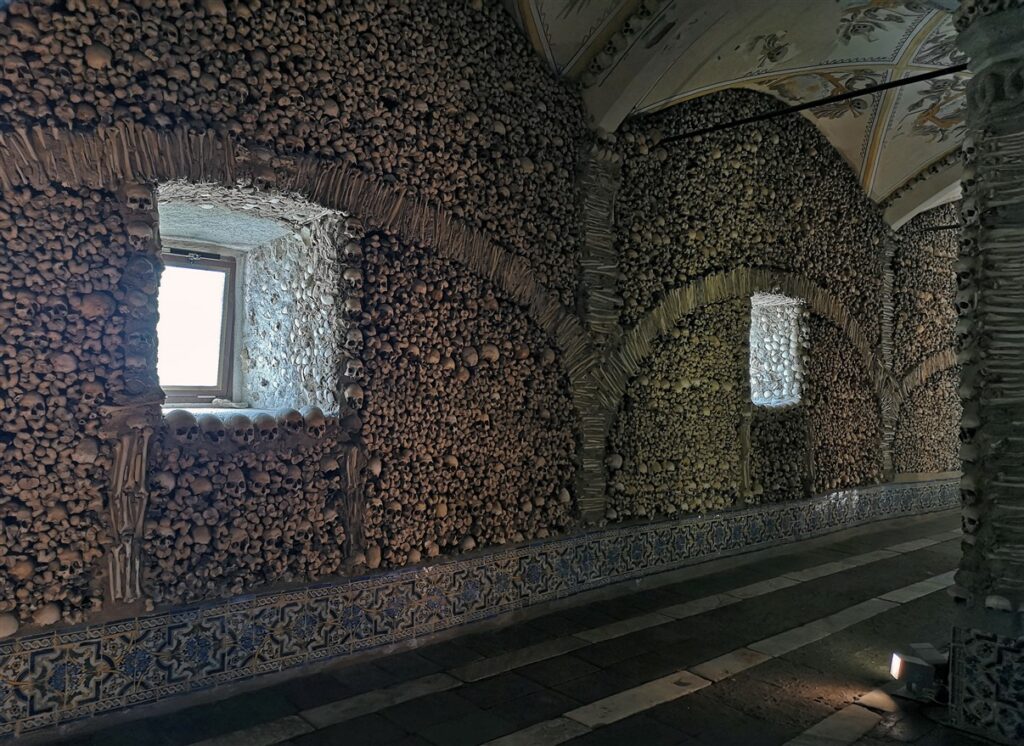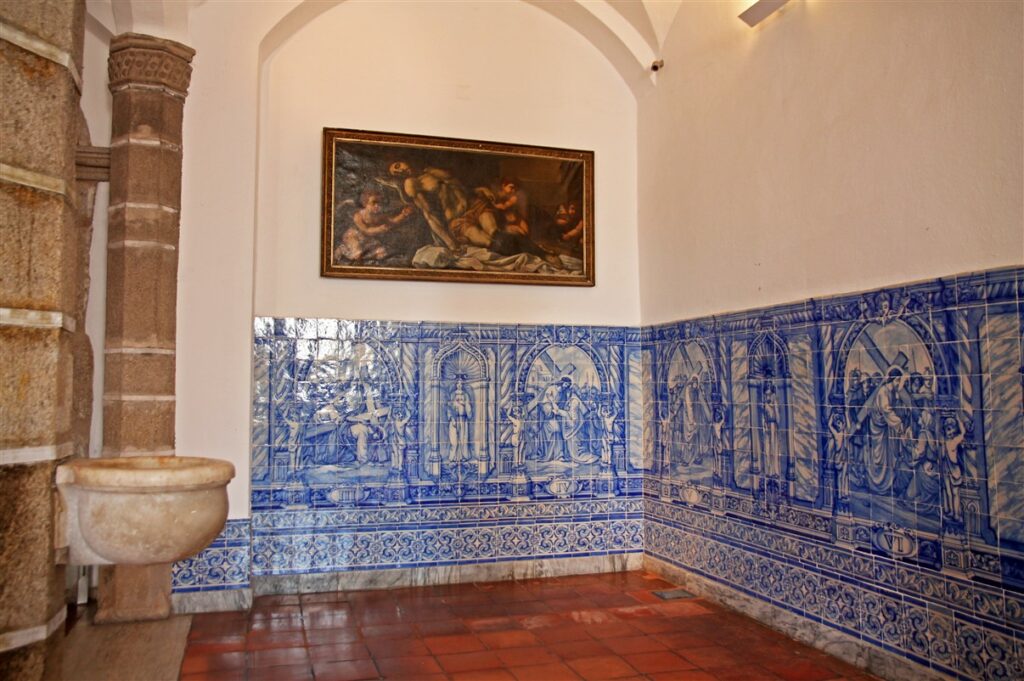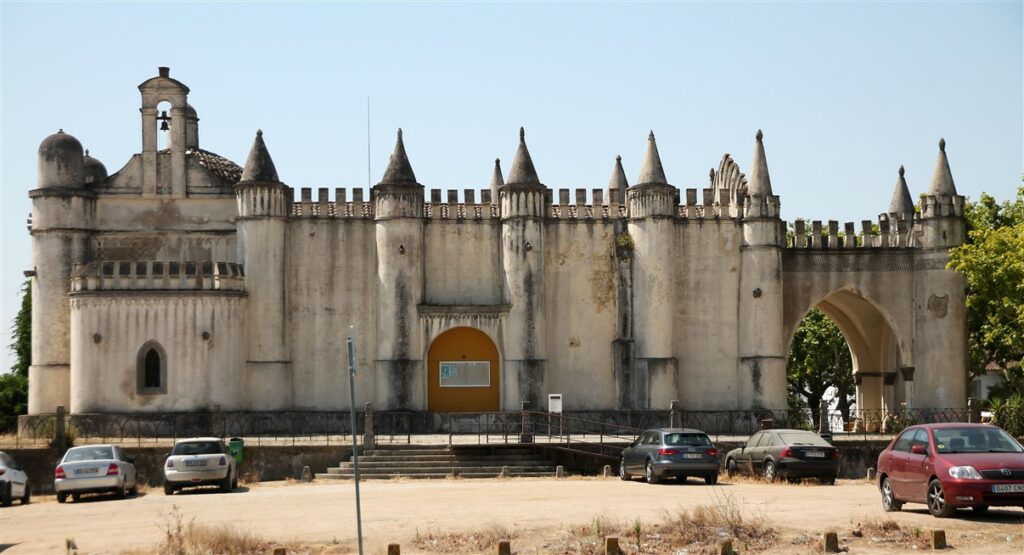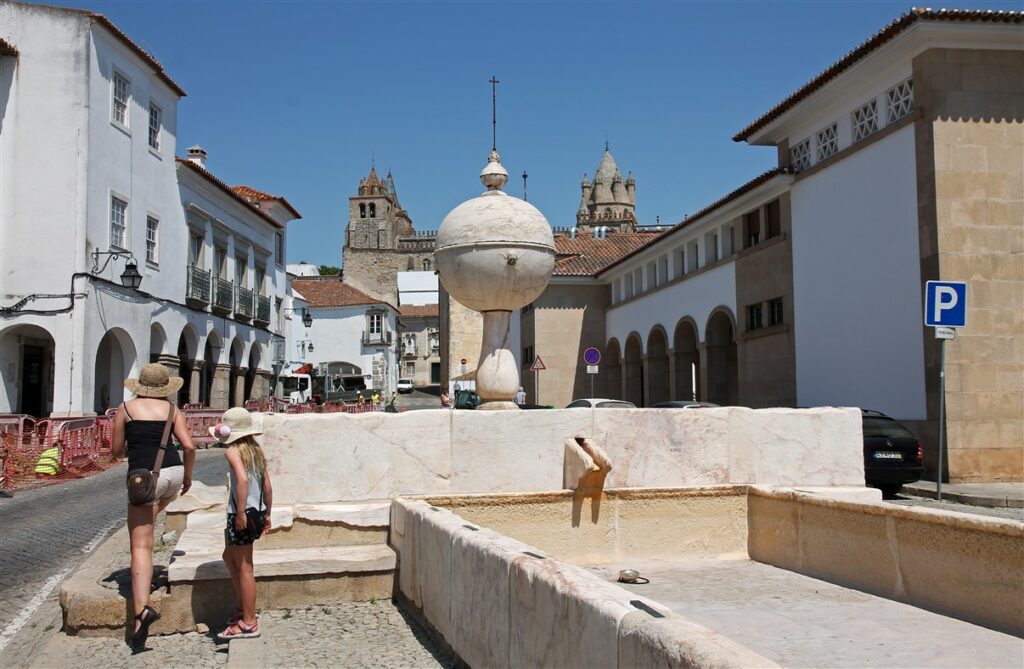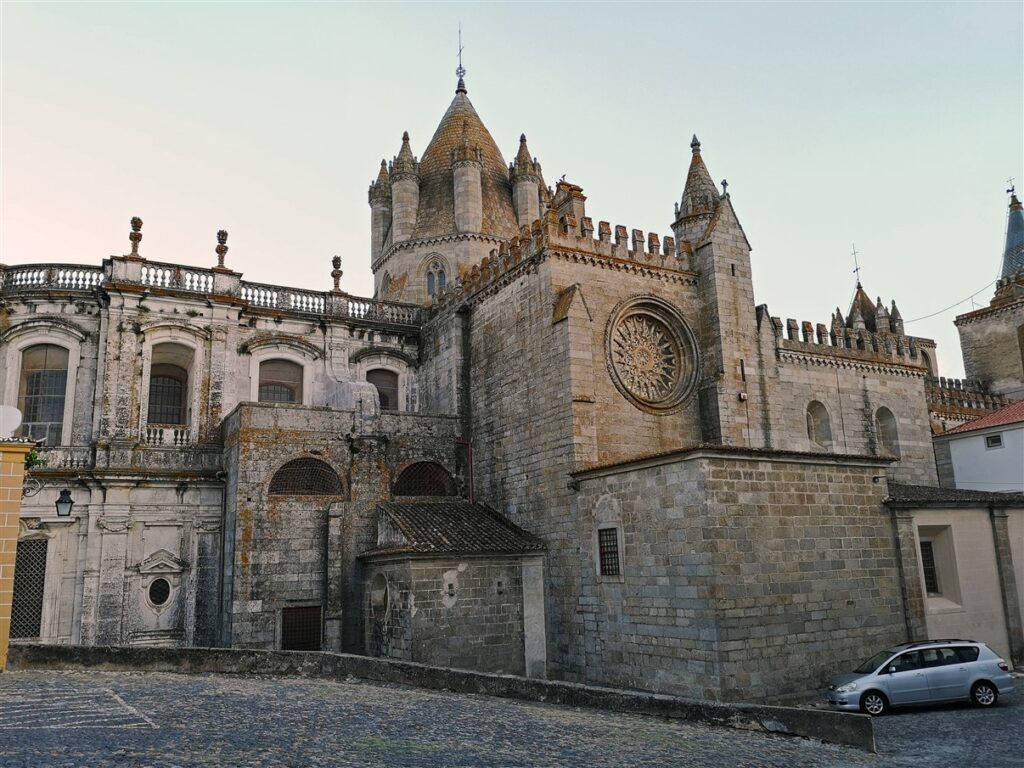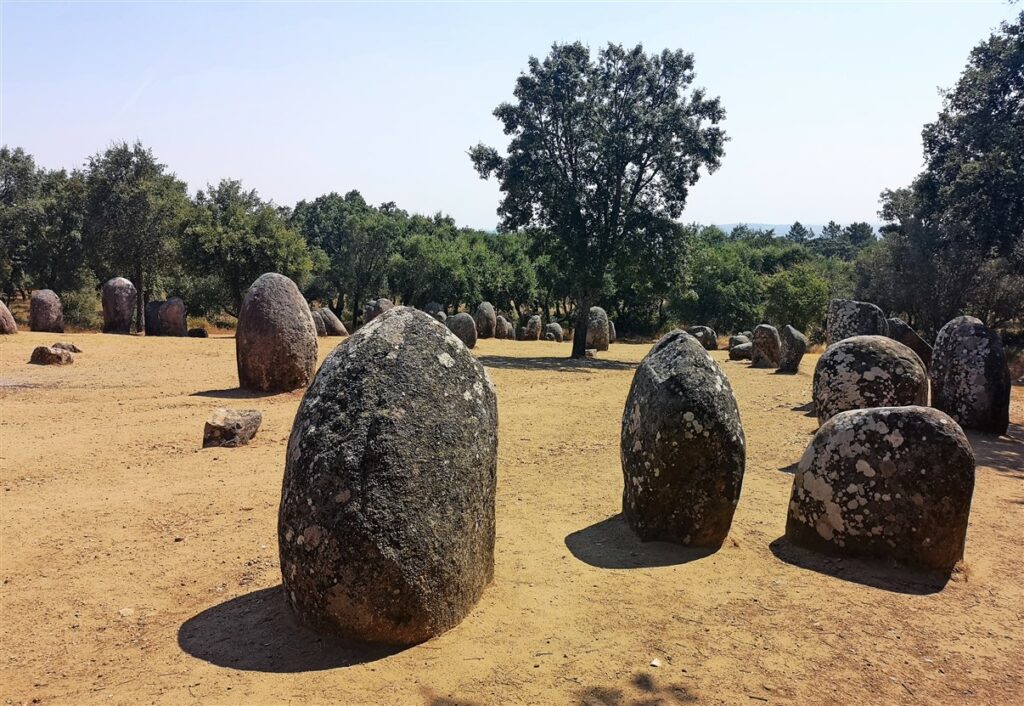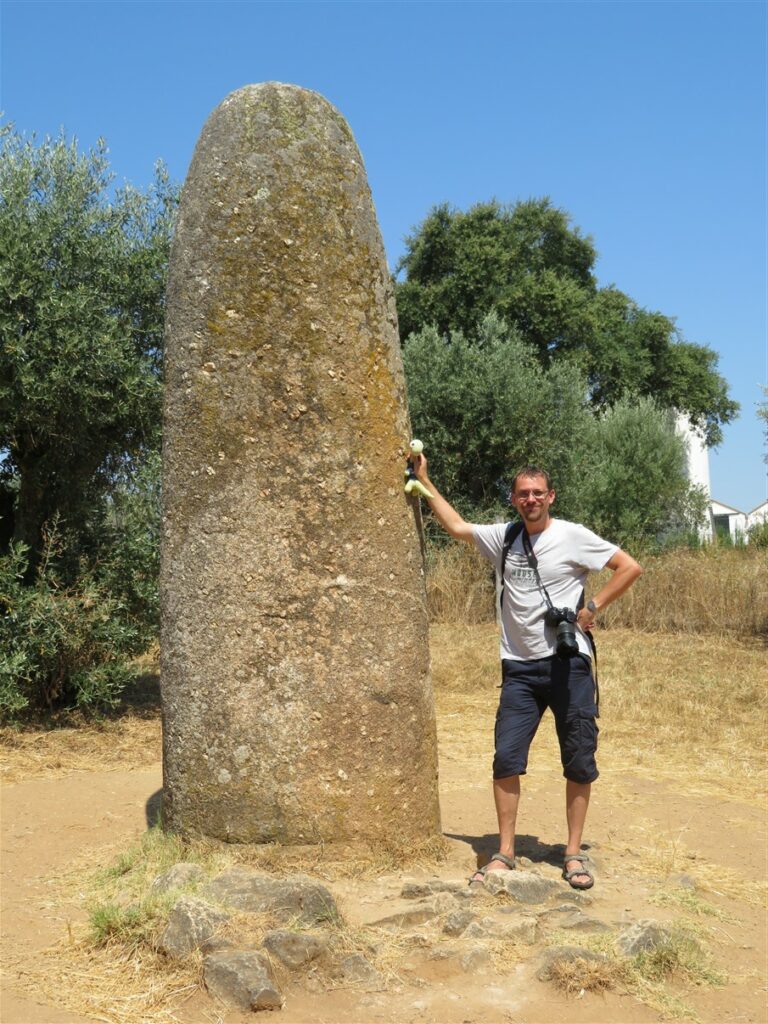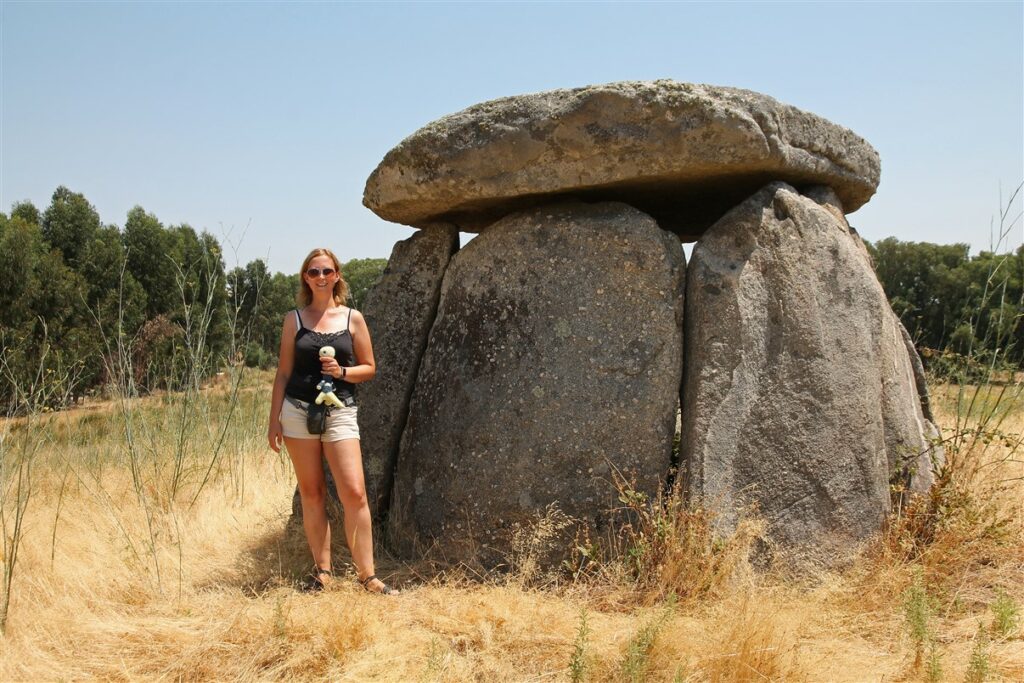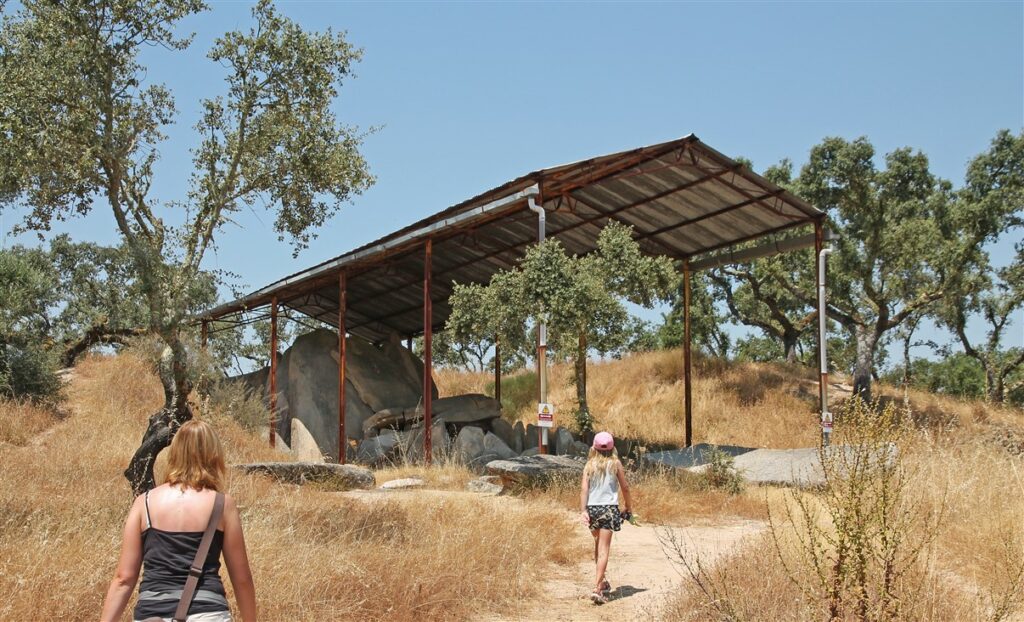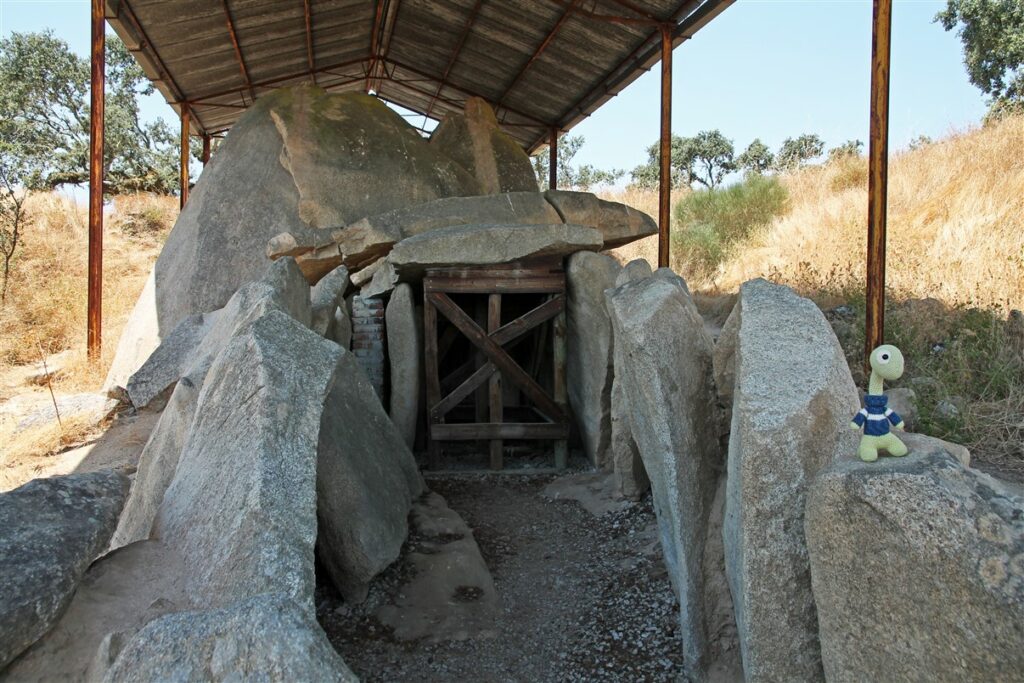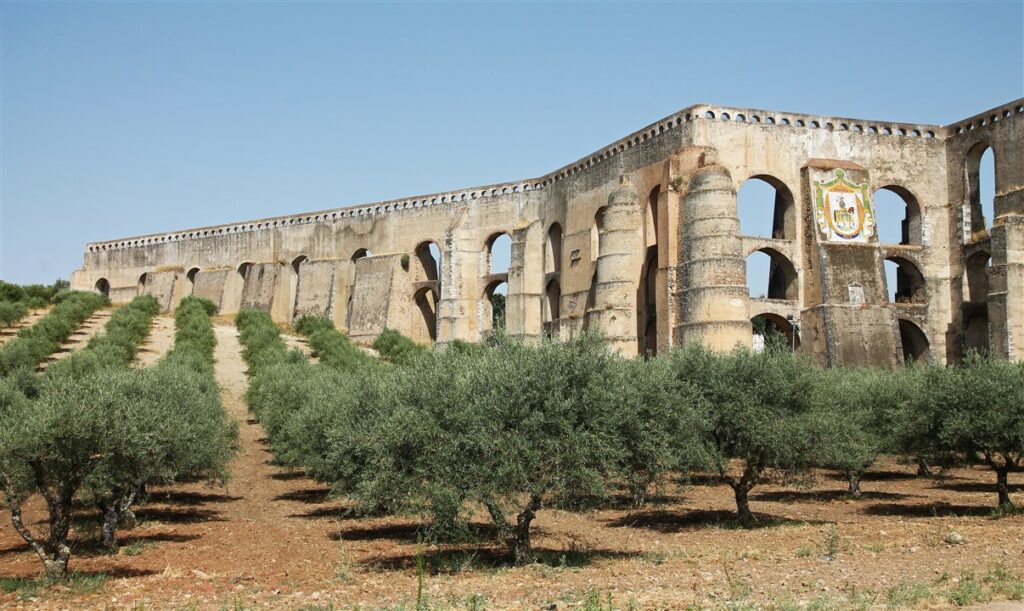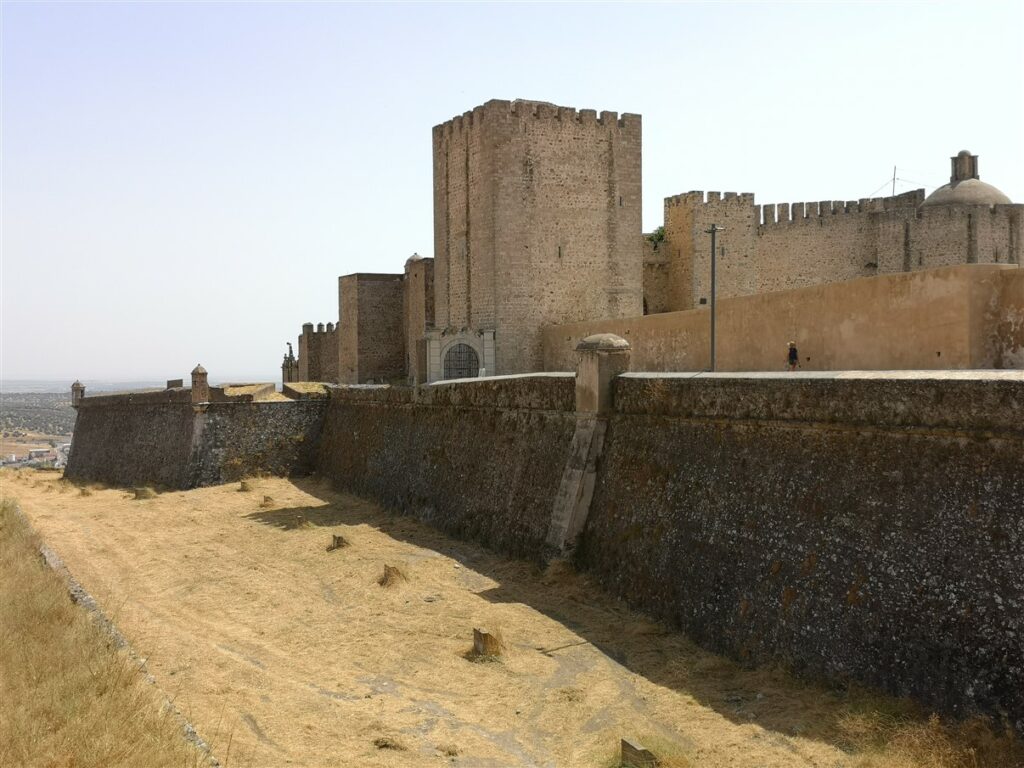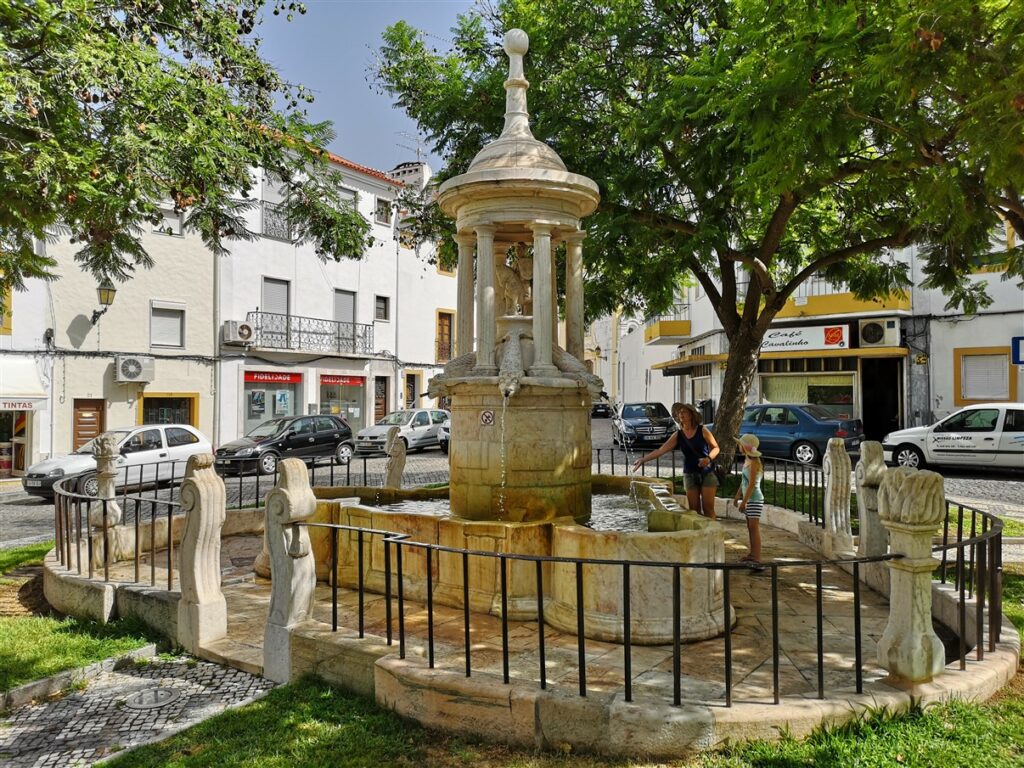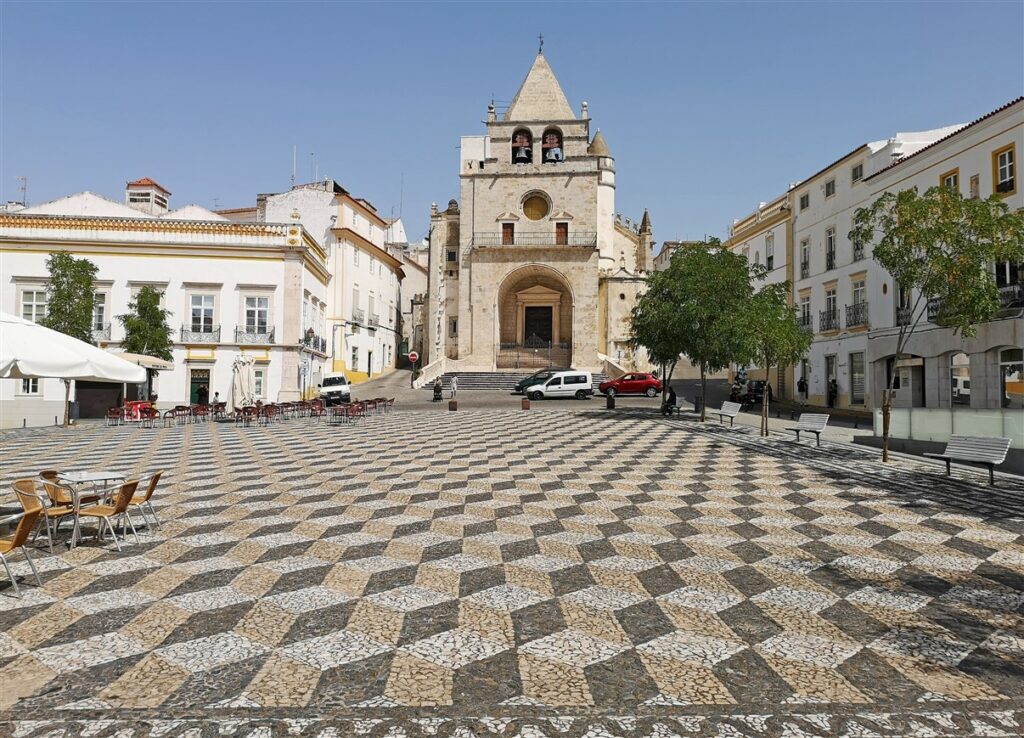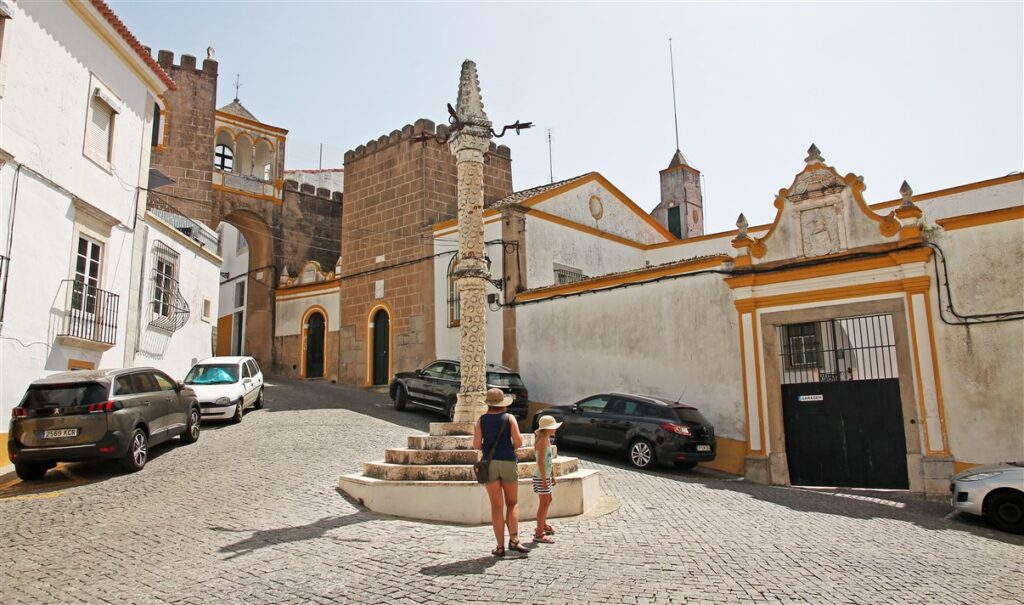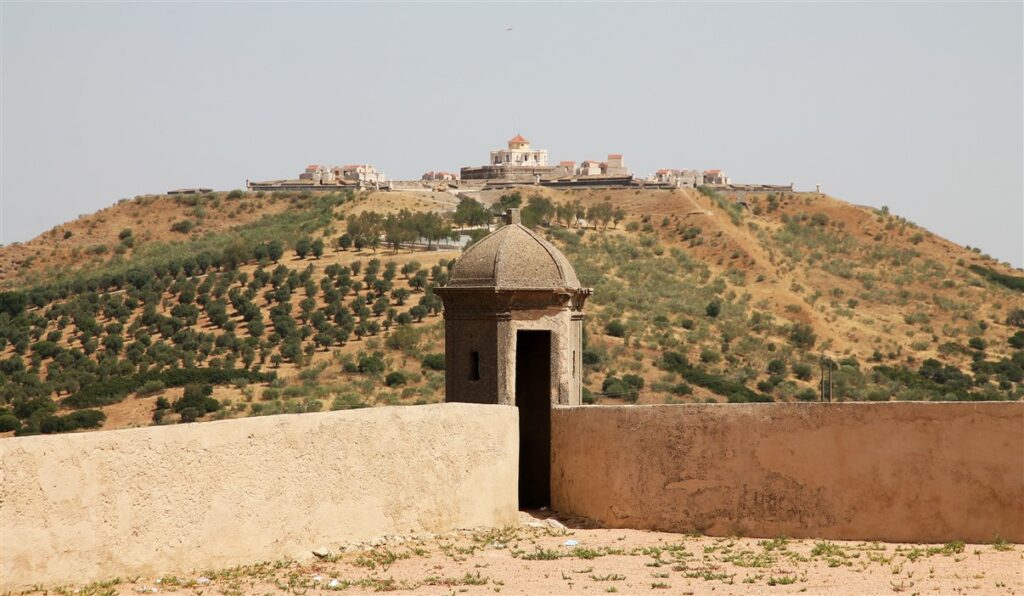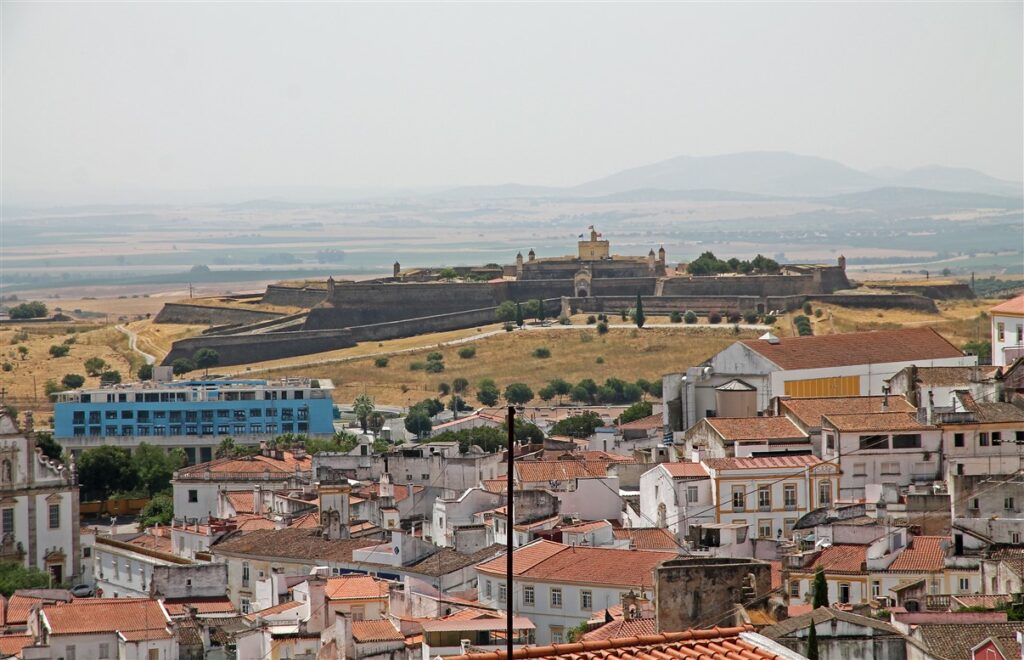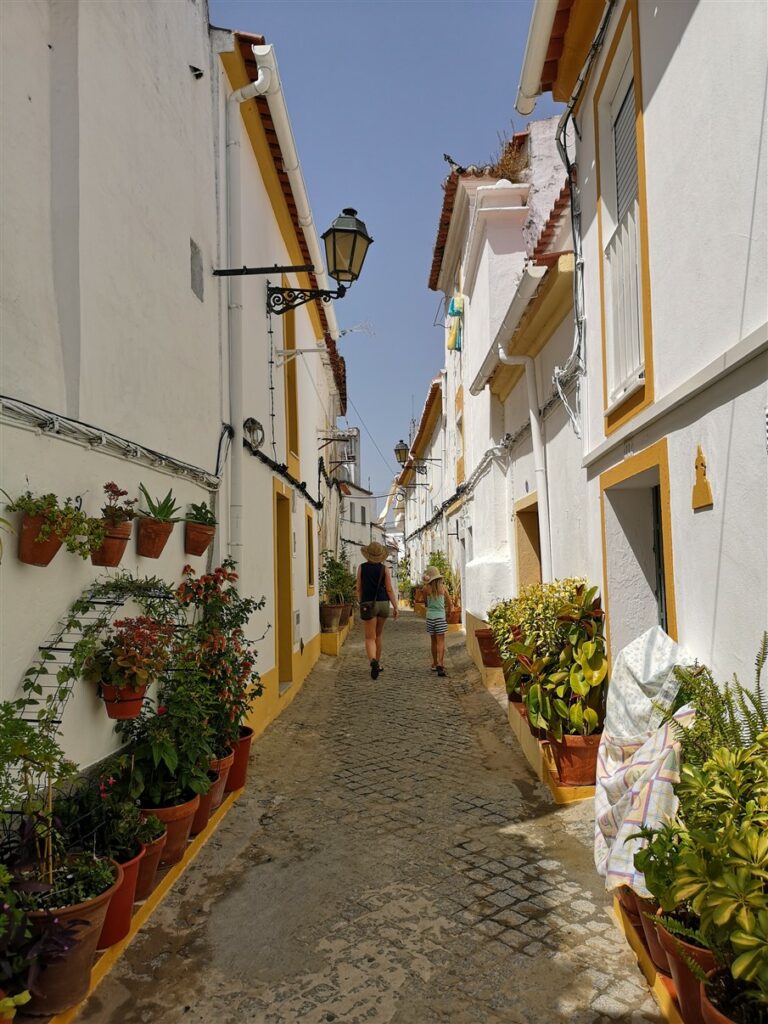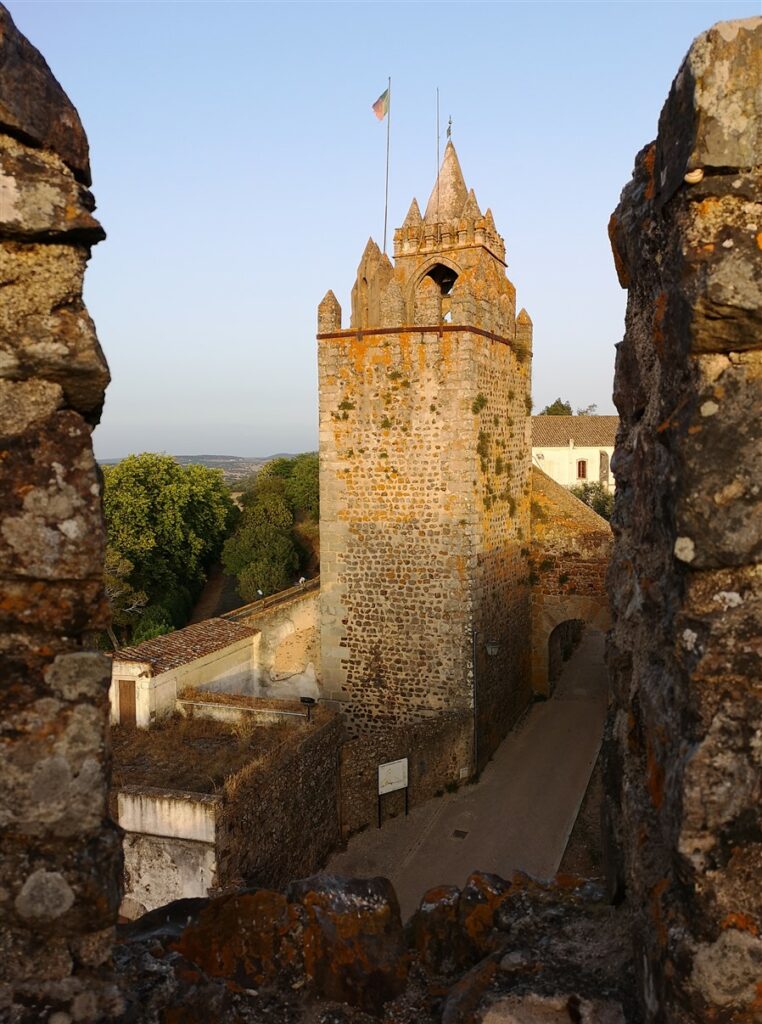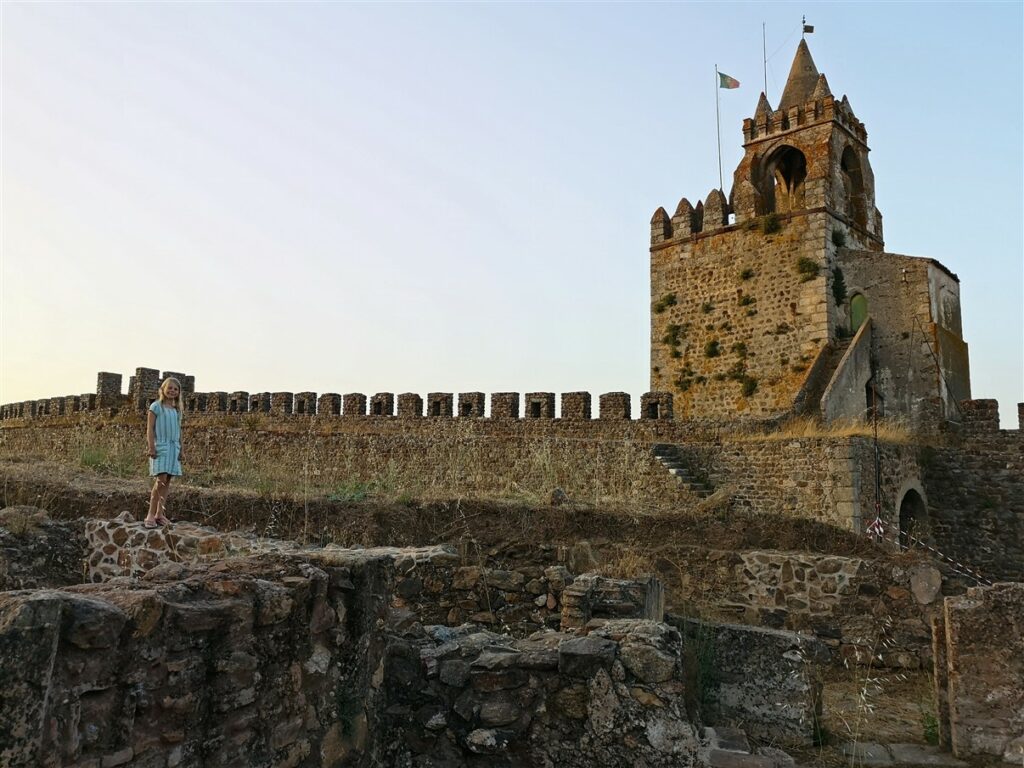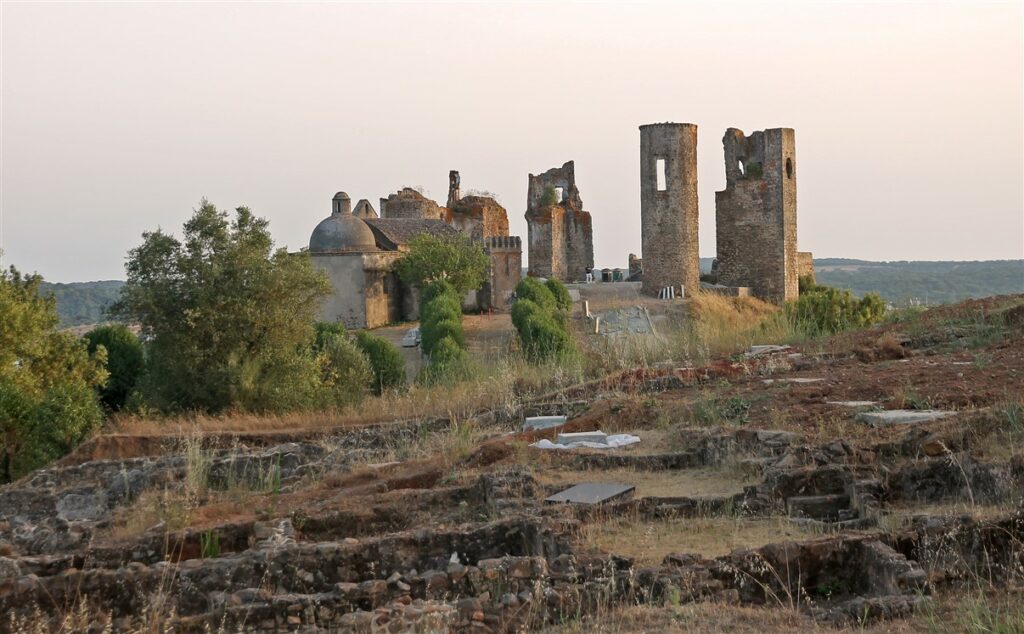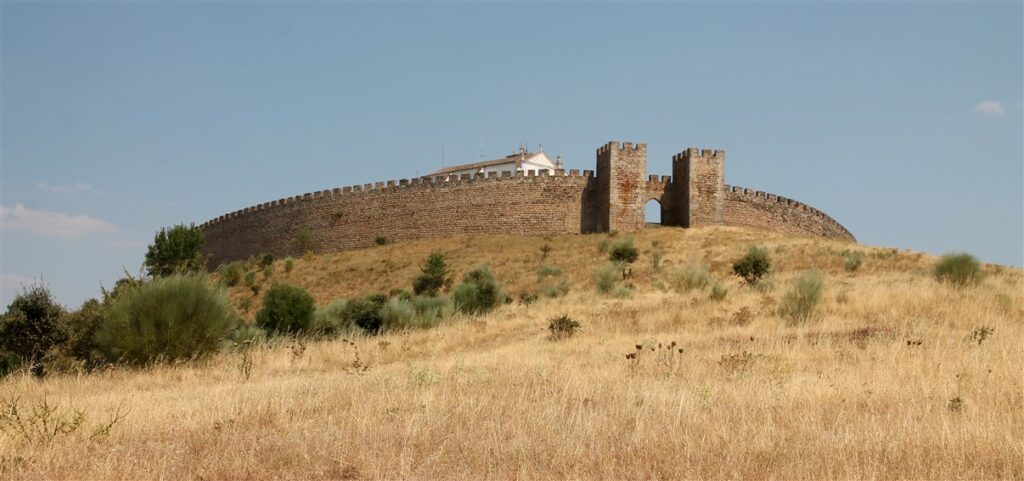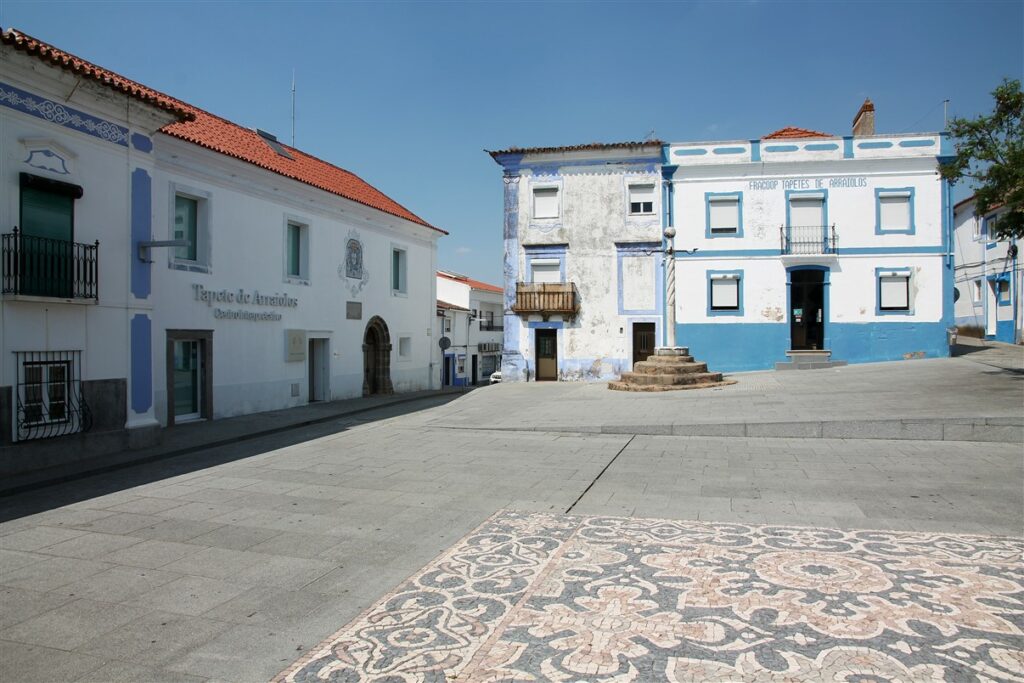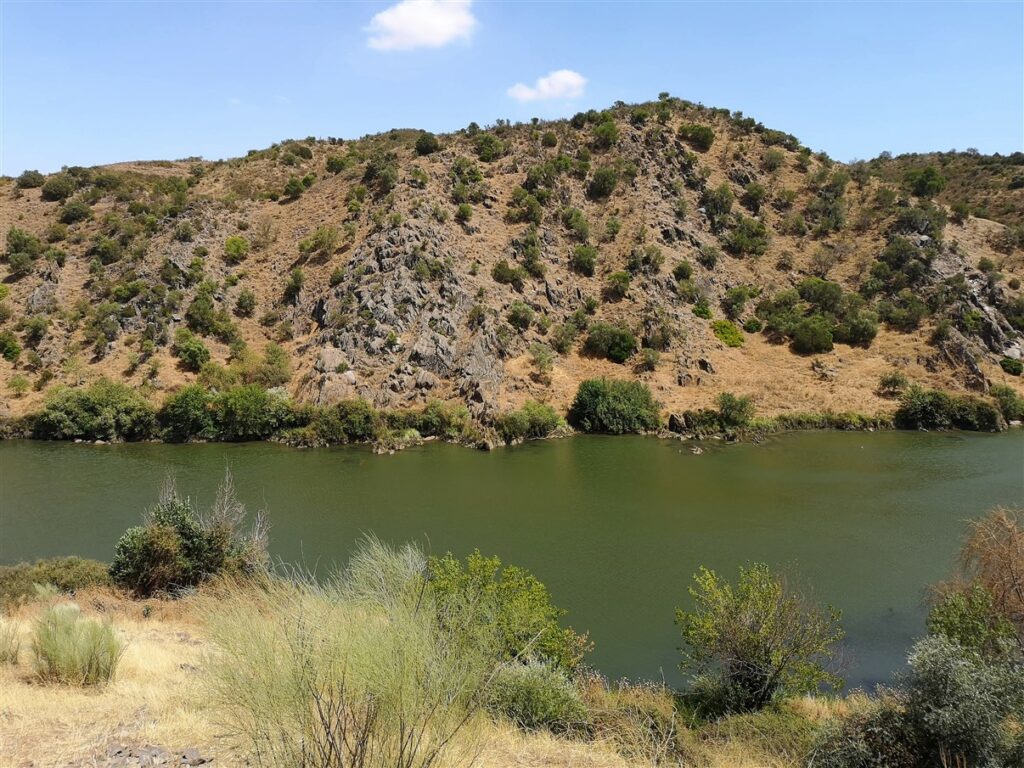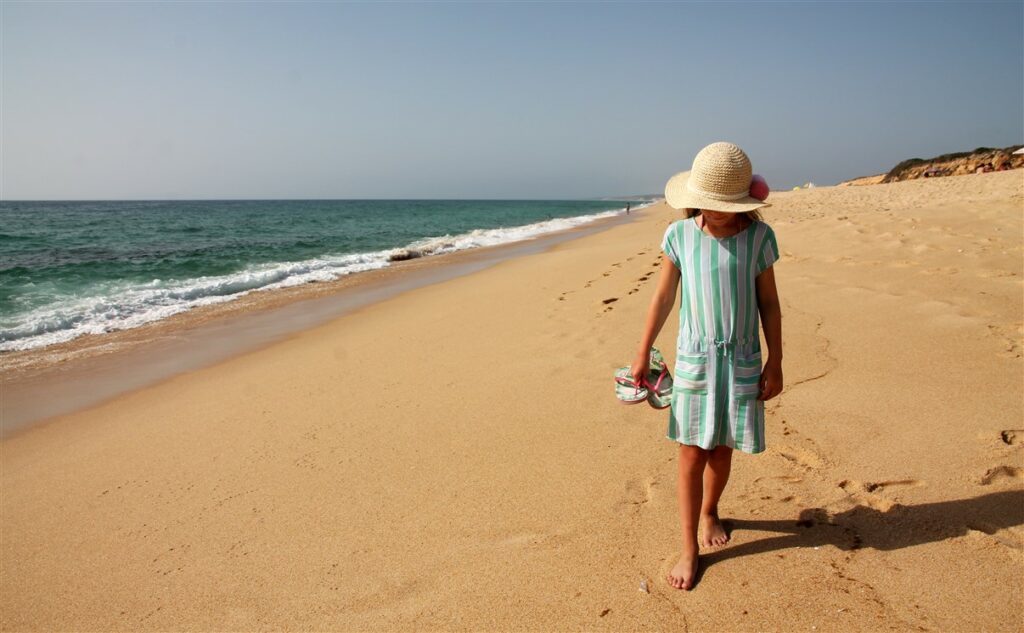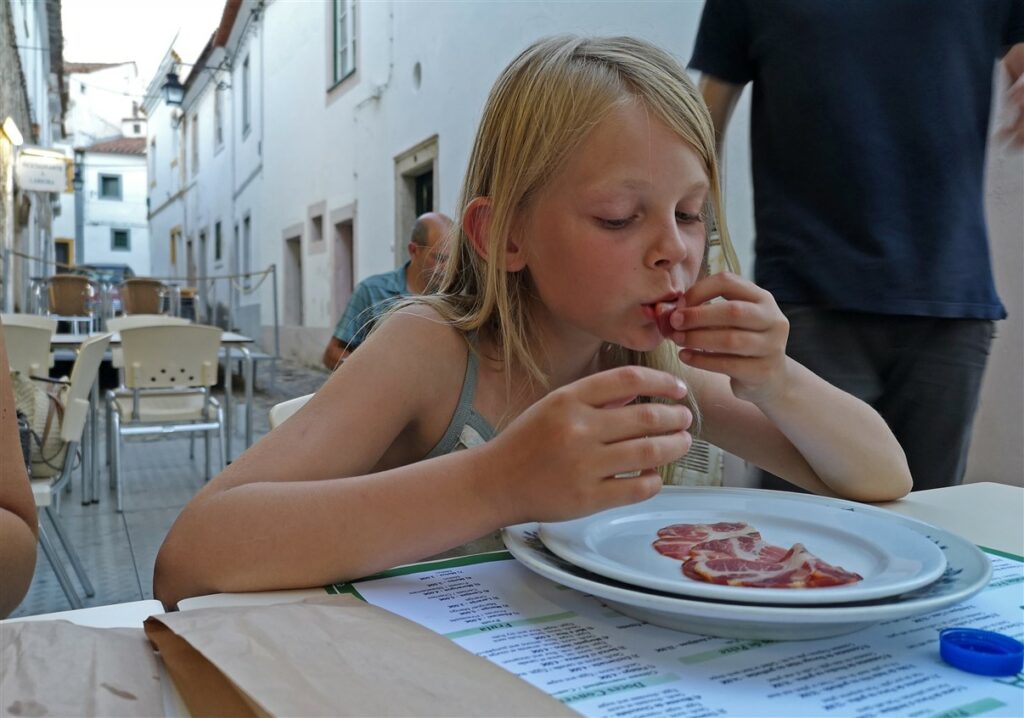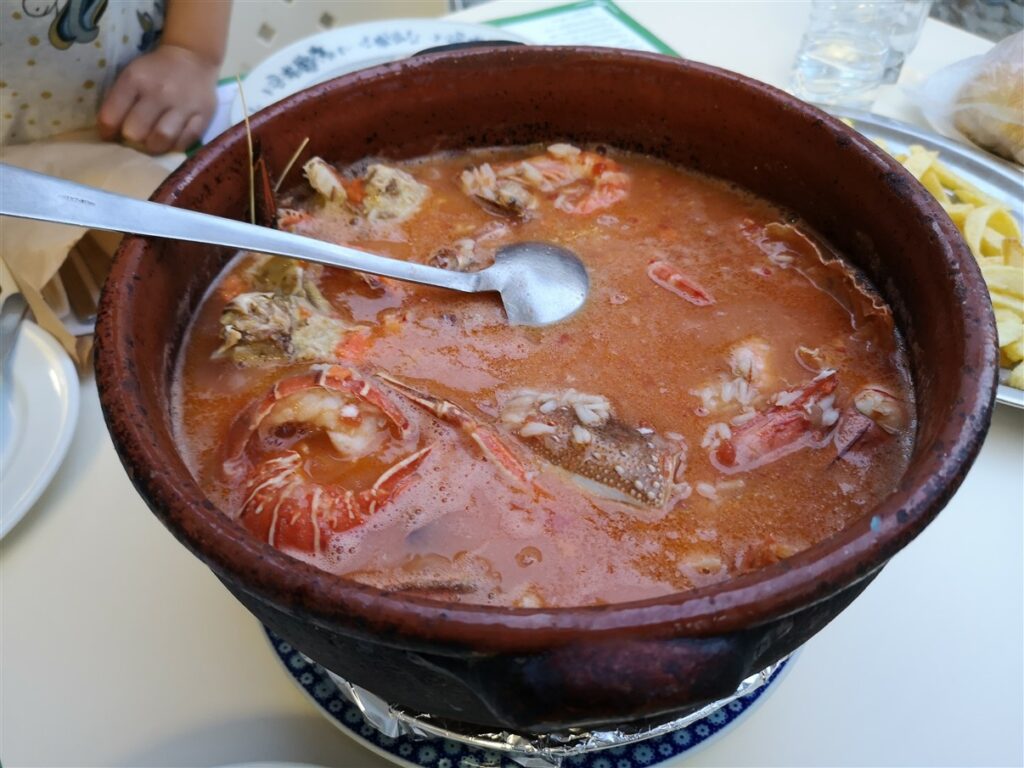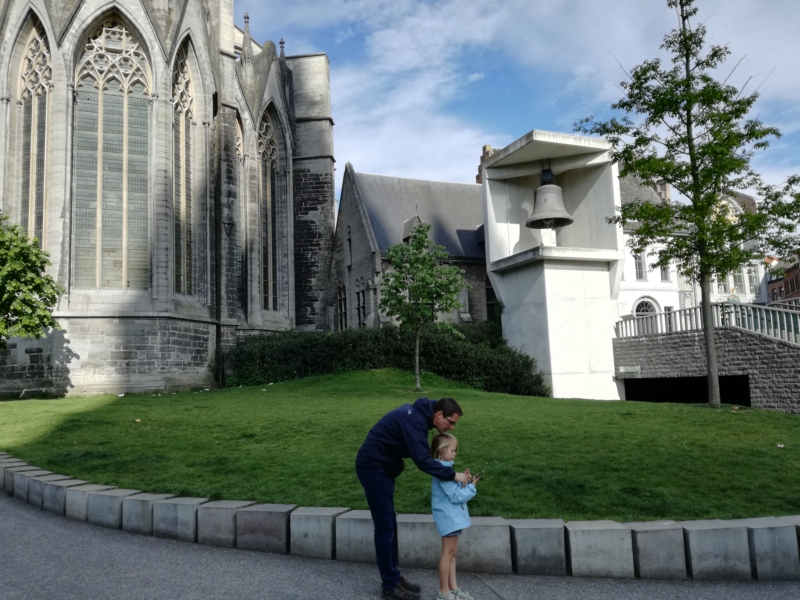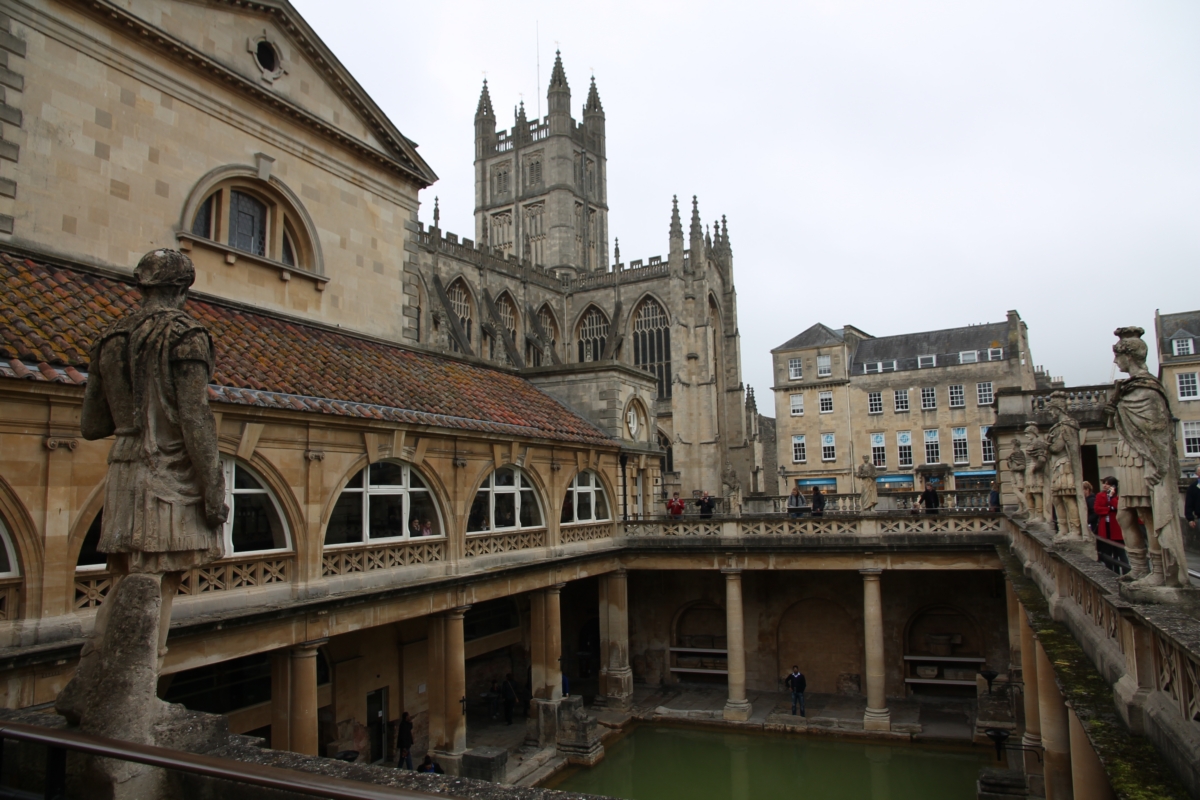The summer of 2020 shall always be remembered as a period of doubt and uncertainty about travel regulations and an almost impossible quest for potential destinations. Going abroad was made practically impossible by policy changes, which were known to change on a daily basis. In Belgium, travel was almost considered a crime by our government, the media ànd a large portion of the public opinion. From an objective point of view, this prejudice was based on emotions more than facts. But still, it wasn’t the most enjoyable atmosphere. Finding a suitable spot for some wanderlust exploration with our family was by far our toughest assignment of that year. It did give us a lot of stress (regarding both our safety, our finances and the quality of the experience), but we are relieved to say that in the end we made the right decision by going to Portugal for two weeks.
Our original plan for 2020 was to go to Sri Lanka for three weeks. Everything was arranged, from accommodation to a day-by-day plan. But due to COVID-19 it was a no go. Our second plan, an arranged tour of central Sweden, did not turn out what we had expected, so we decided not to book. Portugal was one of the lesser affected countries in Europe at that time, so we booked accommodation for one week near Lisbon and one week in the Algarve, at the southern coast of the country. A few weeks before our departure, though, Lisbon became a red zone and therefore we had to improvise. To go or not to go? That was really the question. Finally, we reached an agreement with both house owners: we kept our accommodation in the Algarve but decided to go to the lesser known Alentejo region for a week, instead of no-go-zone Lisbon.
We are usually much more thoroughly prepared when we leave for a certain destination, but the Alentejo turned out to be a laid-back, rural region with an incredible array of day-trip options and therefore perfect for the less-prepared traveler. It is fair to say that this is a blind spot in between those two major tourist hot spots: Lisbon and the Algarve. But what exactly is there to be discovered in the Alentejo? Well, let us give you a little taste, based on only one week of exploration:
The indisputable highlight: Évora.
Okay, so maybe the Alentejo is not entirely unknown to travelers worldwide. The historical heart of the ancient city of Évora has even been awarded UNESCO world heritage status in 1986. And not without proper cause. This picturesque walled city has been inhabited since Roman times and even became the residence of the Portuguese kings in the 15th century, since when it remained an important center for knowledge and art. As a result, this city has quite a few unexpected treasures up its sleeve.
After parking outside the city ramparts, we started wandering the narrow streets of Évora in order to reach the Praça do Giraldo, where we sat down for a cool drink (temperatures would reach 43°C in the afternoon). From there, we proceeded towards the huge, 15th-century Saint Francis Church (Igreja de São Francisco). We couldn’t enter the church itself since there was a Eucharistic celebration going on. That wasn’t really a setback to us because we weren’t here for the church. No, our target was the 17th-century Capela dos Ossos, a chapel completely decorated (covered) with the bones of an estimated 5000 corpses, all arranged in different patterns by Franciscan monks. The plate above the door reads “We, the bones that are collected here, are waiting for yours.” With the same entrance ticket, you can also visit the adjacent museum, which was interesting but less spectacular (save a few nice examples of azulejos).
It was getting hotter as noon had passed, but there was still a lot to explore. We passed the Jardim Público (public garden), but that turned out to be a disappointment. From a distance we spotted a peculiar building with several small, pointed towers. We crossed a deserted area just outside of the city to have a closer look. It turned out to be the Chapel of São Brás, a 15th-century church built in Mudéjar/Manueline style (late gothic). It is only accessible for prayer, and it seemed closed at the time as well.
We returned to the city center via the Largo da Porta de Moura, a square that used to be the original entrance to the city. There is some hidden Moorish-style (Mudéjar) architecture here. The peculiar, globular fountain dates back to the 16th century.
The impressive, castle-like Cathedral of Évora (or Sé), the highest spot of the city, was originally built in the 12th century. This gothic masterpiece is the largest medieval cathedral in Portugal. Interesting fact: the flags of Vasco da Gama’s ships were blessed here in 1497.
Just in front of the cathedral you will find the most striking monument of the city: the Templo Romano. These are the remains of a temple that was once part of the forum of this city in the 2nd-3rd century. It is spectacular not only because it is so well-preserved, but also because it seems very out-of-place here, in front of this enormous cathedral. Best spot for a selfie, without any doubt!
Due to the heat, our visit of Évora was short but rewarding. The city has many highlights, but we recommend just to take a stroll through its narrow streets and discover this city at your own pace: there is so much to see here. Also, don’t forget to take a look at the beautiful ramparts and the aquaduct, which isn’t Roman but was constructed in the 16th century to provide the city with fresh water.
Take a step back in time.
Prehistoric time that is. There are numerous megalithic monuments in the area between Évora and Montemor-o-Novo, and they are definitely worth the detour. Even if you aren’t an archaeology freak or a history adept, we really recommend that you check out at least a few of them, simply because they are ancient, mysterious, and slightly bizarre.
The most spectacular manifestation of prehistoric ritualistic architecture is the Almendres Cromlech, the largest organised group of menhirs in the Iberian Peninsula and one of the largest in Europe. It was constructed in the 6th millennium BC. It takes quite some time to reach this stone circle, and the road you need to take is in very bad shape, so slow and careful driving is necessary. This elaborate historical site is worth it, though. Consisting of 95 standing stones, it is simply a spectacular sight. Some of the stone blocks are engraved with simple geometrical figures, but we didn’t manage to find them. We were there around noon, and you probably need some more shadow to find such eroded, superficial engravings.
On the way back, don’t forget to take a look at the Menhir dos Almendres, a 2.5m high, solitary stone with a rounded top. We also stopped at the Centro Interpretativo dos Almendres in Nossa Senhora de Guadaloupe, for some extra information and an ice cream. The information signs outside the building are very informative and also lead us to a number of other historical sites we weren’t yet aware of.
One of these is the tiny dolmen known as Antas do Barrocal no.1 (4000-3500BC), situated in a deserted meadow. If that one is too small for you, we are happy to inform you that there is something much larger to be seen just 5km away: the Anta Grande do Zambujeiro (4000BC), Portugal’s largest dolmen. This slightly chaotic group of rocks is covered by a metal construction nowadays, but it’s sheer size still makes it a must-see. The cover stone is absent, so you can look into its sacred (?) inner room.
These marvelous constructions testify to a long history of settlements in this area. Obviously, the Romans also left their mark here. One example are the remains of the Roman villa of Tourega. The villa, which was in use between the 1st and 4th century, also included a large thermal bath and has been the property of senator Quintus Julius Maximus in the 3rd century. The archaeological site is hidden away on a beautiful spot that looks out over a lake. We were told we needed to ask for a key at the local church to open the gate that leads to this site, but it turned out the gate was unlocked. The remains aren’t very spectacular, but at least the location is lovely.
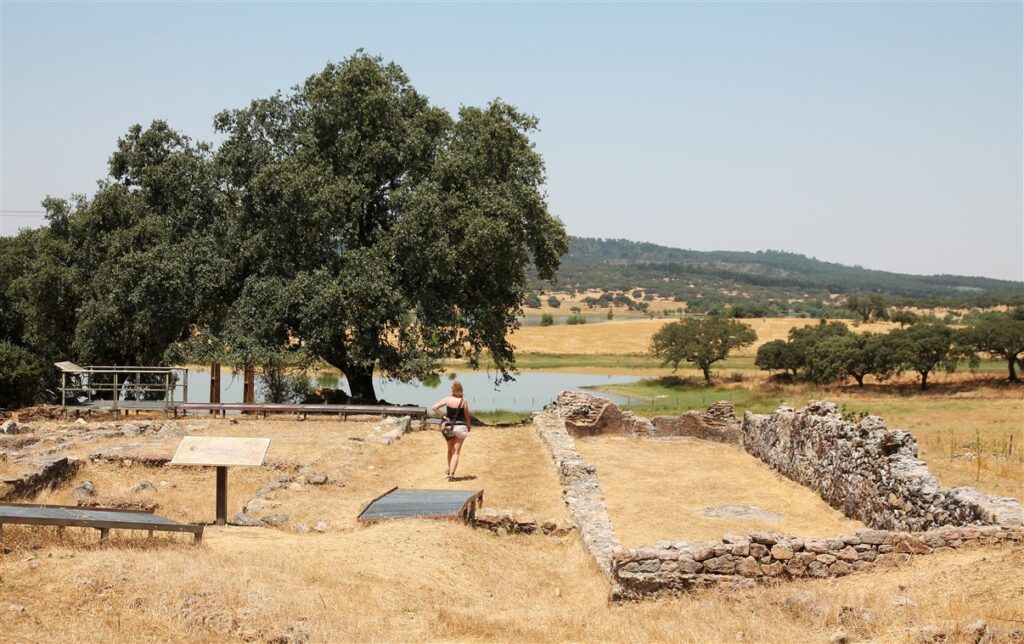
Discover next-level fortifications in Elvas.
Elvas is a city that is situated in the east of the Alentejo region, near the border with Spain. It is famous for its fortifications and became a UNESCO world heritage site in 2012 as “Garrison Border Town of Elvas and its Fortifications”. Although Elvas has a history that started somewhere in the 10th century, its fortification began when Portugal regained independence in 1640 and had to deal with repeated attacks and sieges by the Spanish. The mastodontic Amoreira aqueduct was constructed to maintain a constant supply of fresh water to the city, even in a hostile situation.
The defensive strategy applied at Elvas was not confined to the town itself, but also included a number of outlying forts built on surrounding hills. The castle, or Castelo de Elvas, has also played an important role in the protection of the city.
We parked on the Avenida de Badajoz, outside the city center and close to the Amoreira aqueduct, which already left quite an impression. From there, we walked into the city under a blue sky and scorching sun. The fortifications were very prominent and really define this city. Our holiday home was in Montemor-o-Novo, which is about an 1.5h drive from Elvas, and we had left a bit too late to avoid the heat. Fortunately, we were able to cool down at the beautiful Fonte da Misericórdia, a delicate marble fountain.
Our next stop was made at the Republic Square (Praça da República), paved with an optical illusion and adorned with an Instagram-worthy city sign. The Our Lady of the Assumption Cathedral (Igreja de Nossa Senhora da Assunção) makes for the perfect backdrop of your next Insta-highlight. We continued our exploration beyond the church, where we came across the Igreja das Dominicas (unfortunately, we were not allowed to visit the spectacular interior of this church thanks to COVID-19) and the highly photogenic Arco de Santa Clara (Square of Santa Clara).
Elvas is an interesting city to roam around in, especially when you know its history. The best spot to experience this violent past is definitely at the robust Castelo de Elvas, fused with the impenetrable city ramparts ànd with a splendid view on the Forte de Nossa Senhora da Graça, one of the remaining forts perched on one of the hills surrounding the city. The other fort, the 17th-century Forte de Santa Luzia, can also be seen from the castle, but is situated more to the east.
Despite all this defensive bombast, Elvas is also a lovely city to wander around in and get lost in its narrow, flower-clad streets.
Explore the historical towns of the Alentejo. And their castles!
I suppose it should be clear by now that the Alentejo is a region with a very long and rich history, from prehistoric times to Roman occupation, the dark Middle Ages and beyond. Évora, Elvas and the prehistoric sites mentioned above are definite highlights, but what defines the Alentejo region the most are those numerous little towns that are scattered all over the place like little gem stones in an open-air quarry. Each has its own fascinating history and most of them have their own castle as well. We especially loved the tiny hill-perched, medieval villages with their narrow streets and an overwhelming atmosphere of bygone times.
We were staying in a lovely home in the rural area around Montemor-o-Novo and from our first-floor terrace we had a splendid view on the local castle, on the top of a hill overlooking the city. The ruins of this 13th-century citadel consist of several towers, the gates to the city and portions of the walls. The site can be freely accessed.
The lovely little town of Arraiolos, with its blue-and-white houses and charming atmosphere, is famous for its castle (located on a hill, obviously) and its embroidered wool rugs and carpets. Febe especially loved the water jets on the Praça do Município though. The Igreja da Misericordia with its elaborate azulejos interior was closed due to COVID-19, but is definitely a must-see here when the pandemic is over.
Mértola is a remarkably white city built on a hill in the southeastern tip of the Alentejo, close to the border with Spain and the southern region known as the Algarve. There are ancient walls and a castle here, as well as a mosque that has been transformed into a catholic church. But the most important asset of this city are its surroundings. Mértola is situated in the very heart of the Parque Natural do Vale do Guadiana, an area rich in wildlife (incl. Iberian lynx) and perfect for hiking. We only briefly stopped here on our way from the Alentejo towards the Algarve, but we did have time to dip our toes in the clear waters of the Guadiana river. What a view!
Discover a stunning coastline.
The immense forces of the North-Atlantic Ocean have crafted the remarkable and breathtaking coastline of Portugal. Although the most famous beaches might be found in the Algarve, those of the Alentejo are at least as spectacular as their southern counterparts. More rugged maybe, but sensational nonetheless. In our next blog post, we will focus on the beaches of southern Portugal, so we’ll leave you here with a single picture that says more than words.
Have a taste of this region’s many culinary delights.
The rural landscape and wild coasts of the Alentejo provide for a wide array of different unique ingrediënts, which are skillfully transformed into simple but imaginative and extremely delicious dishes. From signature pastry (Pastéis) to flavourful seafood and traditional soup variations (açordas or sopas), it is all there for you to taste and never get hungry.
We had a lovely meal at the authentic Restaurante 1/4 pras 9 in Évora on a warm, relaxing summer evening. The ladies started with sliced Porco Preto pork sausage (Paio de Porco Preto) and as a main dish, we ordered the Arroz de Marisco: a seafood rice filled with lobsters, crab, shrimps and clams. It was simply fenomenal! Our dinner was accompanied by a lovely local wine and so we had the perfect evening. Febe was the only one to order desert. We couldn’t anymore. We really need to warn you: the portions here in Portugal are huge!
In hindsight, our ill-prepared visit to southern Portugal has been a wonderful experience and “thanks to” COVID-19 we also stumbled upon a region we might otherwise have ignored altogether (except for Évora maybe). Alentejo, you have been remarkable!


